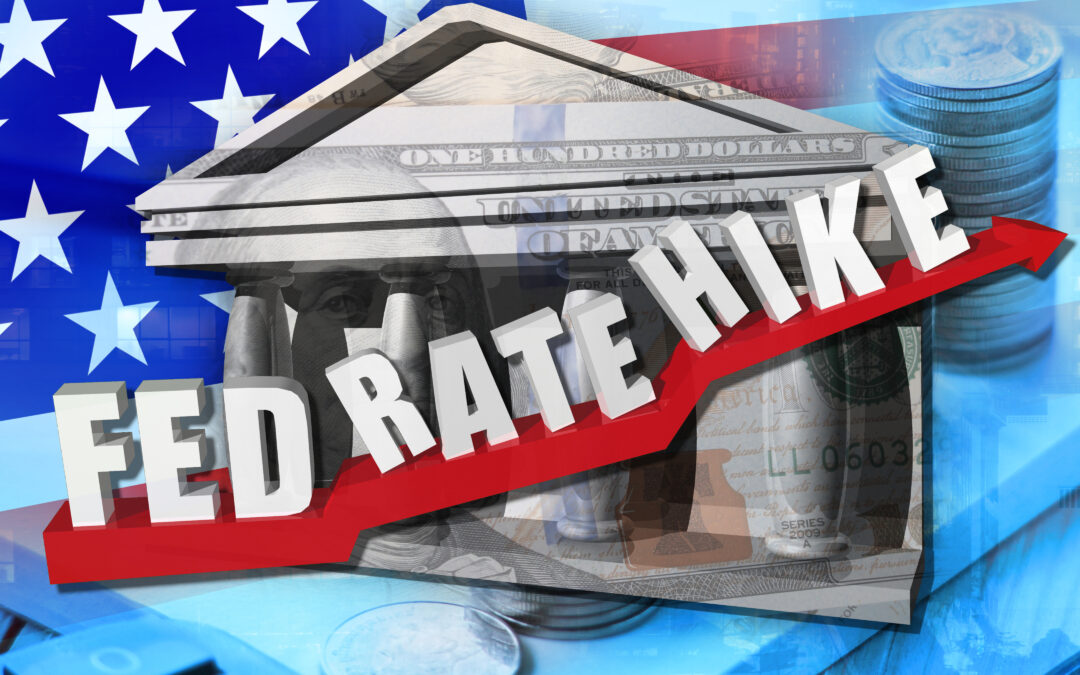
How to Get Started with Environmental, Social and Governance (ESG) Investing
As of 2022, there were $8.4 trillion in sustainable investing assets. Investors from all walks of life leverage sustainable investments as part of their wealth management plan. If you’re someone whose life decisions are often driven by how your choices impact the environment, your community, and society as a whole, it’s time to look into ESG investments. Environmental, social, and governance (ESG) investments consider how the companies you invest in help safeguard the environment and community—helping you earn money and build a more ethical portfolio.
Plus, a company’s commitment to environmental, social, and corporate governance can also positively impact its performance, offering lucrative opportunities for investors. Here’s how you can get started with ESG investing as part of your investment management strategy.
What is Environmental, Social and Governance Investing (ESG) Investing?
ESG investing is a form of sustainable investing that considers environmental, social and governance factors to judge an investment’s financial returns and its overall impact. Environmental, social and governance factors (ESG) are used to evaluate a company or investment’s sustainability.
- Environmental Factors such as:
- Carbon footprint
- Air and water pollution
- Deforestation
- Green energy initiatives
- Waste management
- Water usage
- Social Factors such as:
- Employee gender and diversity
- Data security measures
- Commitment to customer satisfaction
- Sexual harassment policies
- Human rights
- Governance such as:
- Board diversity
- Political contributions
- Level of executive pay
- Large-scale lawsuits against the company
- Internal corruption cases
- Lobbying practices
Investors use ESG scores ranging from 0 to 100 to measure the sustainability of an investment. Scores below 50 are poor, while scores over 70 are highly desirable.
Benefits of ESG Investments
Building a sustainable investment portfolio can help increase your potential for high returns. According to the Morgan Stanley Institute for Sustainable Investing, the returns of sustainable mutual and exchange-traded funds were similar to traditional funds and, in some cases, actually outperformed traditional investments between 2004 and 2018. Also, the JUST U.S. Large Cap Diversified Index (JULCD) has returned 15.94% since its inception on an annualized basis compared with the Russell 1000’s 14.76% return.
Morgan Stanley also noted that sustainable funds showed a lower downside risk than traditional funds. Even during turbulent markets when traditional funds showed more significant downside deviation with a higher potential for loss, sustainable funds experienced a 20% smaller downside. Morningstar, an investment research company, also found that in the first quarter of 2020, 25 of 26 sustainable index funds outperformed comparable traditional funds despite the pandemic.
What Types of ESG Investments are Available?
Although there are several ESG investment options available for your financial planning strategy, the two most common options include:
- ESG stocks: Although investing in a single stock type isn’t the best strategy, finding a few individual ESG stocks offers an opportunity to gain from their performance over time.
- ESG mutual funds: Almost 600 open-end and exchange-traded ESG funds are available. Mutual funds create instant diversification, and with ESF mutual funds, you can create a more personalized portfolio, so your investment will have the most impact on the issues you care about.
When considering ESG investments, reviewing the prospectus and considering the company’s ESG score are both equally important.
Plus, ESG investments can be broken down by an even more detailed scoring systems, which make it easier to focus on investments that mean the most to you.
- Issue-specific ESG scores measuring performance based on a single issue.
- Category-specific ESG scores based on either environmental or social or governance issues.
- General ESG scores focused on all three categories.
Consult with your financial advisor to find the best investments for your portfolio.
If you want to explore the possibilities of adding ESG investments into your financial planning strategy, speak to the experts at Platt Wealth Management today. We can help align your investment choices with your environmental, social, and governance values today.
Are you on track for retirement?
Making sure you will be ready for retirement can be overwhelming. Funding your retirement accounts over the years is a critical part of your journey to the retirement of your dreams. An experienced Financial Advisor can help you navigate the complexities of investment management. Talk to a Financial Advisor>
Dream. Plan. Do.
Platt Wealth Management offers financial plans to answer your important financial questions. Where are you? Where do you want to be? How can you get there? Our four-step financial planning process is designed to be a road map to get you where you want to go while providing flexibility to adapt to changes along the route. We offer stand alone plans or full wealth management plans that include our investment management services. Give us a call today to set up a complimentary review. 619-255-9554.





